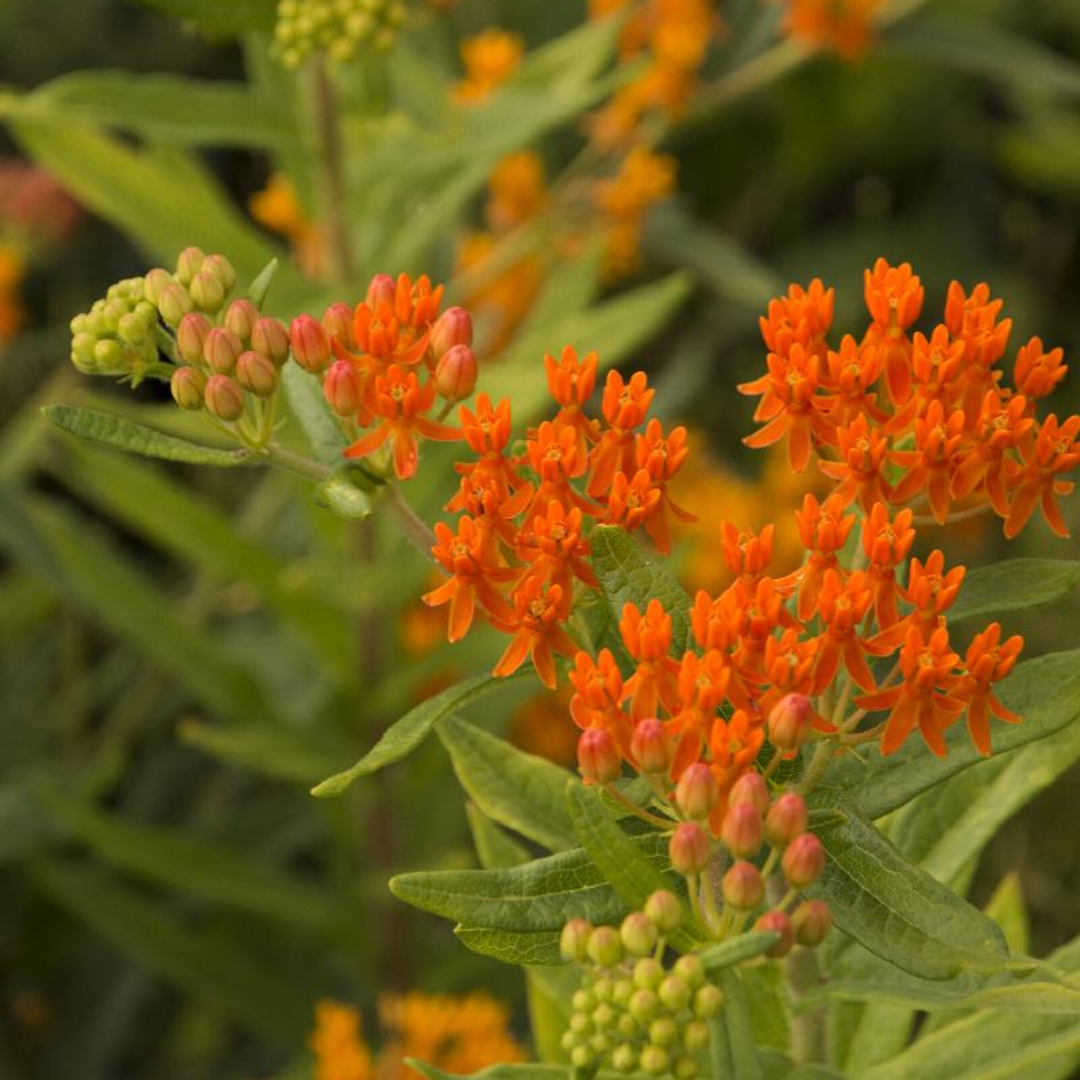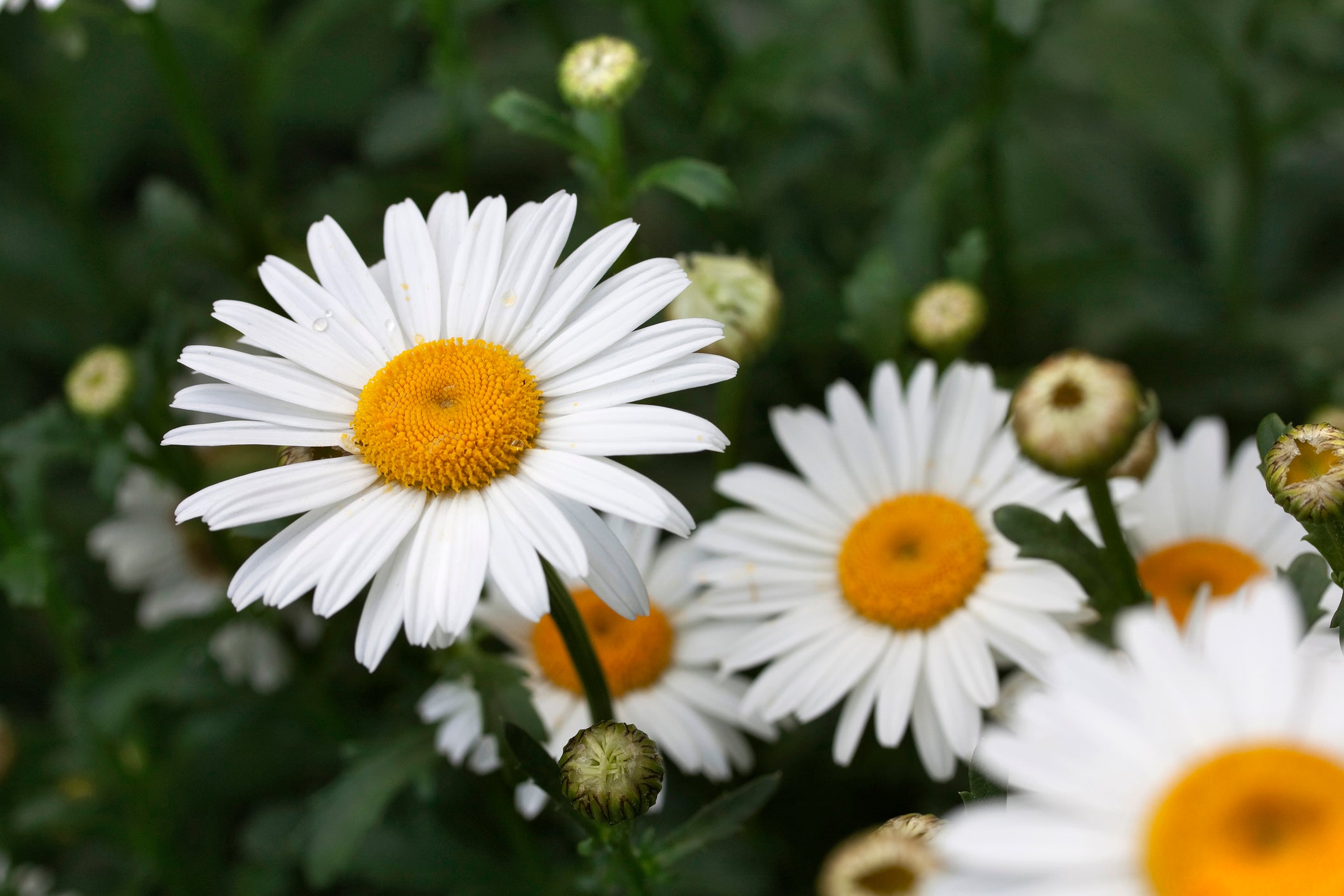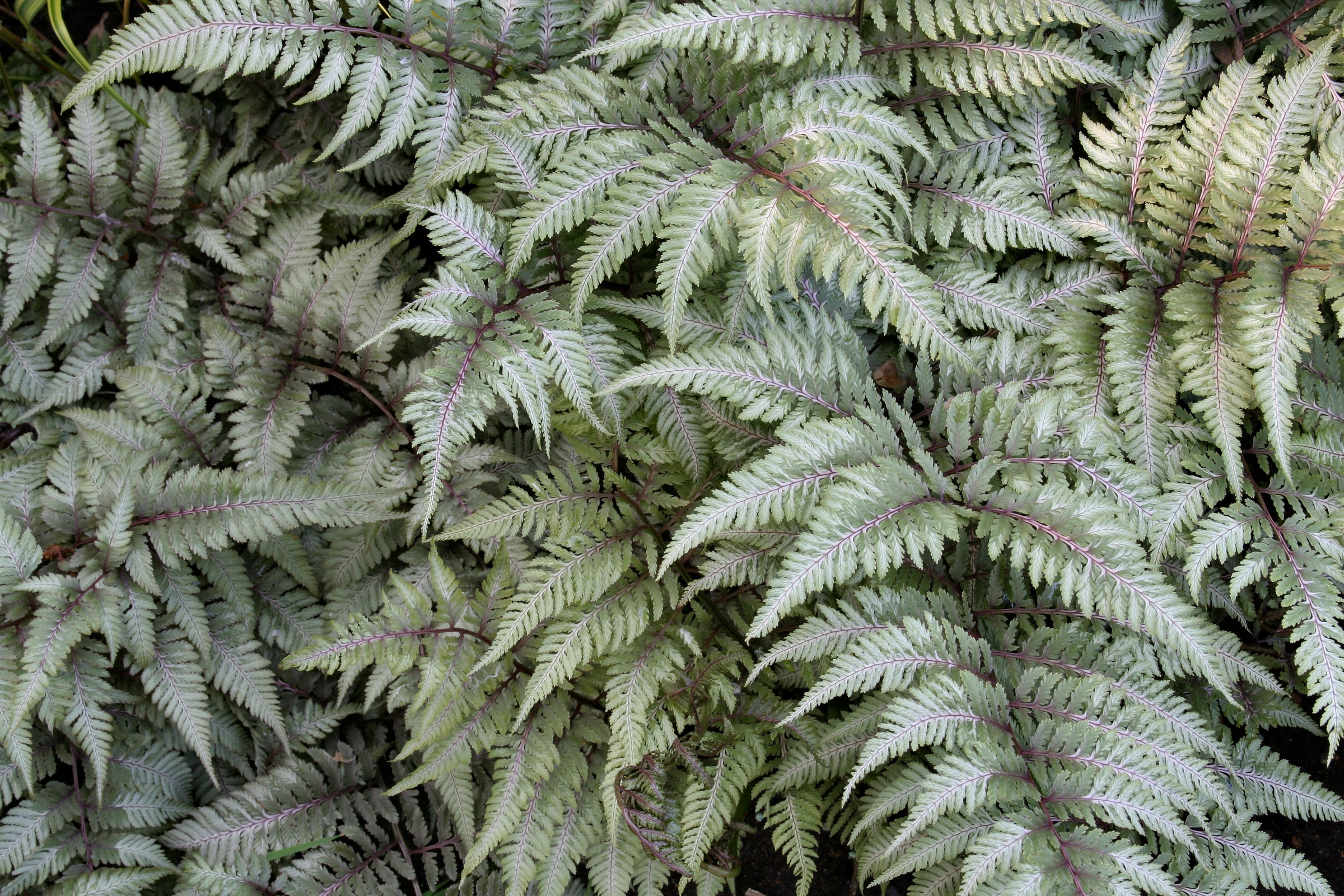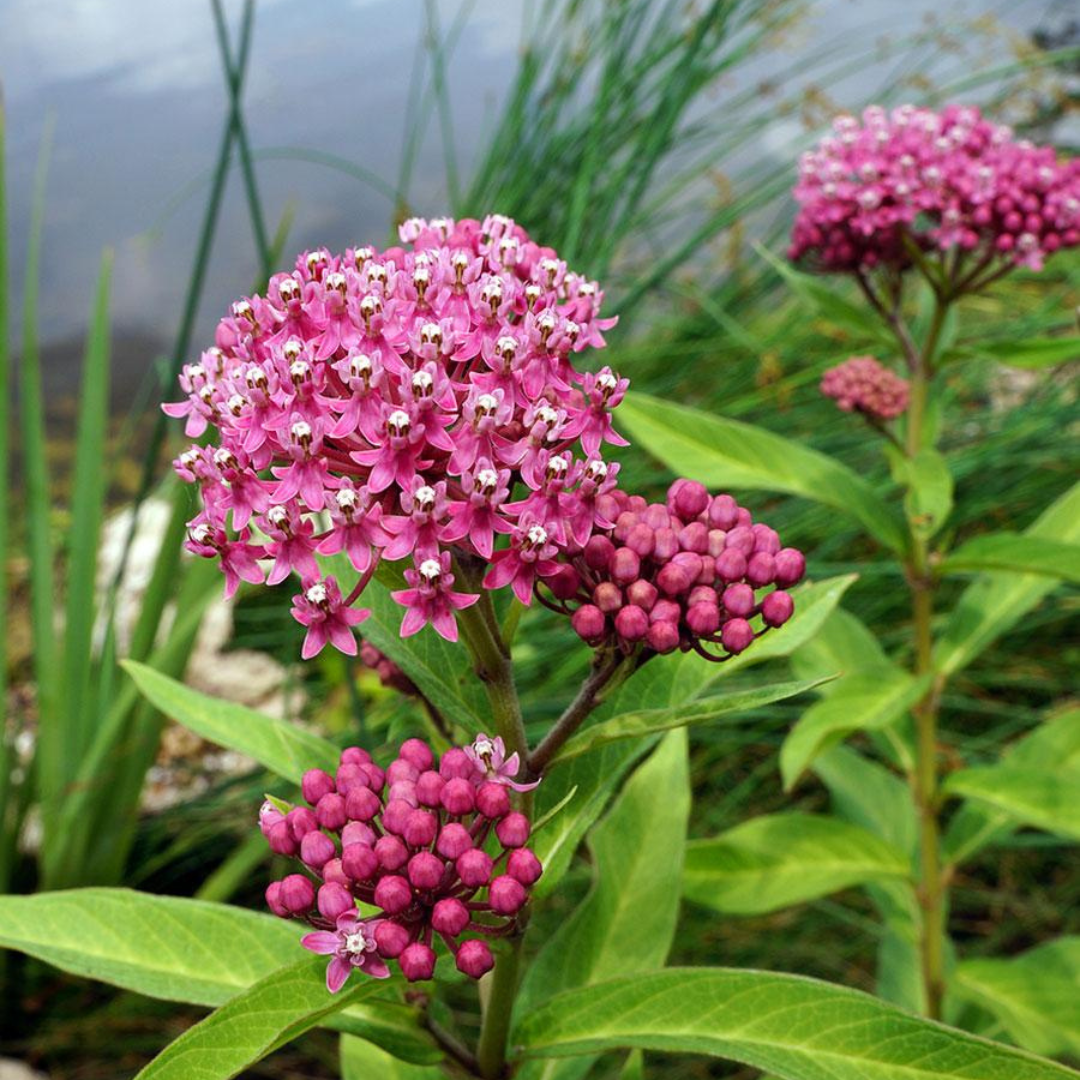
Asclepias 'Gay Butterflies'
Add to Wishlist Full Sun
Full Sun
 Deer Resistant
Deer Resistant
 Pollinator Friendly
Pollinator Friendly
- In stock, ready to ship
- Backordered, shipping soon
Asclepias tuberosa 'Gay Butterflies': Fireworks for Pollinators
Brilliant and bold, Asclepias 'Gay Butterflies' lights up the summer garden with a vibrant mix of fiery orange, sunny yellow, and rich red blooms. Each upright stem is topped with flat-topped flower clusters that attract a flurry of monarchs, swallowtails, and native bees from midsummer onward. With its compact, clumping form and drought-tolerant nature, this showy milkweed delivers high-impact colour and ecological value in dry, sunny plantings.
Plant Characteristics:
- Height: 45–60 cm
- Spread: 30–45 cm, forming a tidy clump
- Flower Colour: Mix of orange, yellow, and red
- Flowering Period: Midsummer to early fall
- Foliage: Narrow, lance-shaped leaves; bright green and upright
- Sunlight Requirements: Full sun
- Soil Requirements: Well-drained soil; tolerates sandy and dry conditions
Uses and Benefits: Asclepias 'Gay Butterflies' is ideal for sunny borders, pollinator gardens, prairie-style plantings, and dry slopes where colour and wildlife support are both welcome. Its compact stature makes it easy to incorporate into mixed plantings, while its brilliant blooms provide one of the best nectar sources for mid- to late-season pollinators. Extremely low maintenance and deer-resistant, it’s also a larval host plant for monarch butterflies.
Companion Plants: For a dynamic, heat-loving combo, pair with the multicoloured daisy blooms of Echinacea 'Cheyenne Spirit', the upright blue-green blades of Schizachyrium 'Standing Ovation', and the deep red cheer of Gaillardia 'Mesa Red'. Together, they form a prairie-inspired tapestry that thrives in full sun and dry soil.
Care Instructions: Plant in full sun and well-drained soil. Water during establishment, then only in prolonged drought. Avoid rich or overly moist soil. Cut back stems in late fall or leave them standing for winter interest and seed dispersal. Mark locations, as plants emerge late in spring. Do not divide, as milkweeds dislike root disturbance.
History: A cultivated selection of native Asclepias tuberosa, 'Gay Butterflies' was developed for its unusual colour variation within a single planting. Native to much of North America, butterfly milkweed is celebrated for its resilience, low water needs, and vital role in monarch conservation.
Final Thoughts: With searing colour and vital pollinator power, Asclepias 'Gay Butterflies' is a celebration of summer in full sun—fiery, fearless, and full of life.






